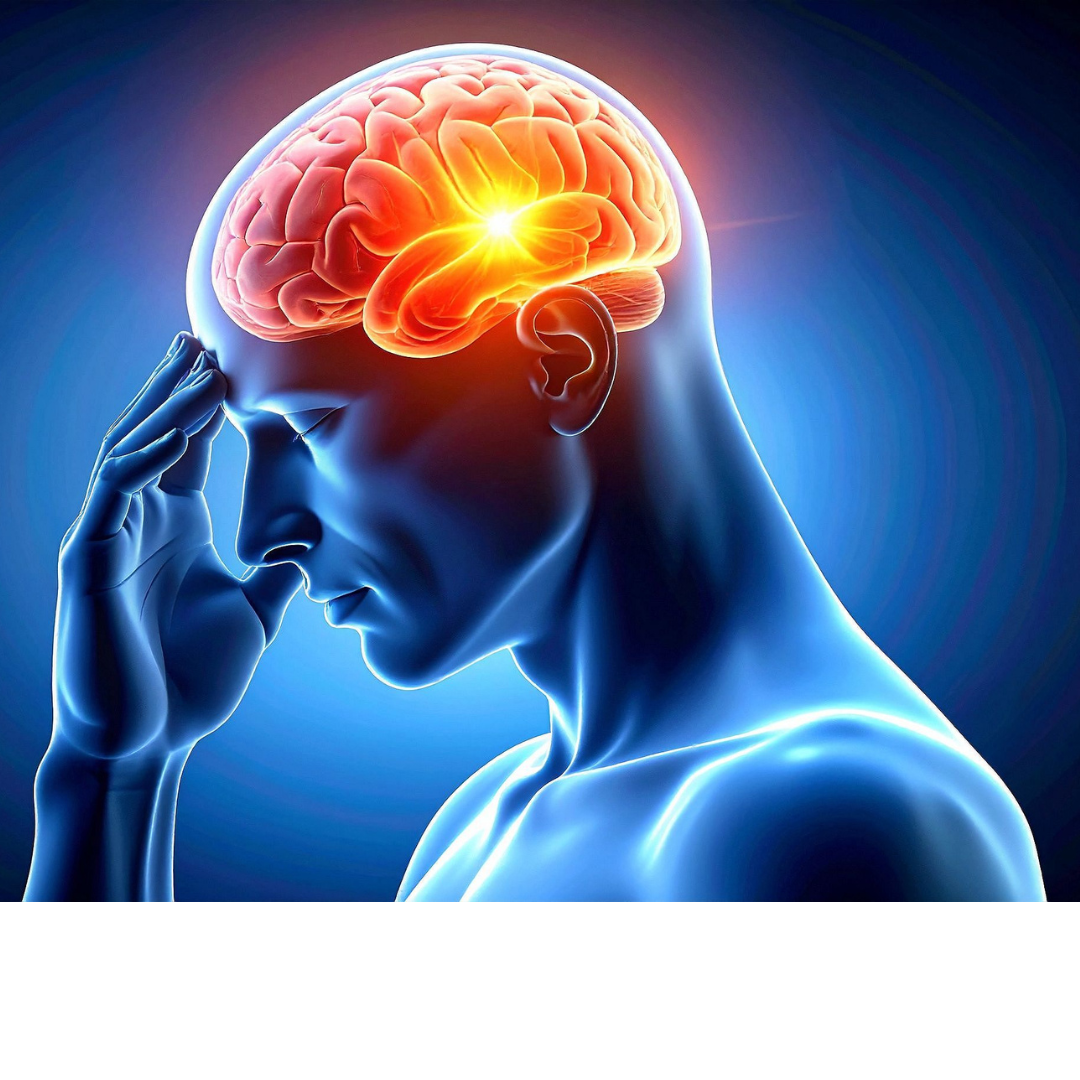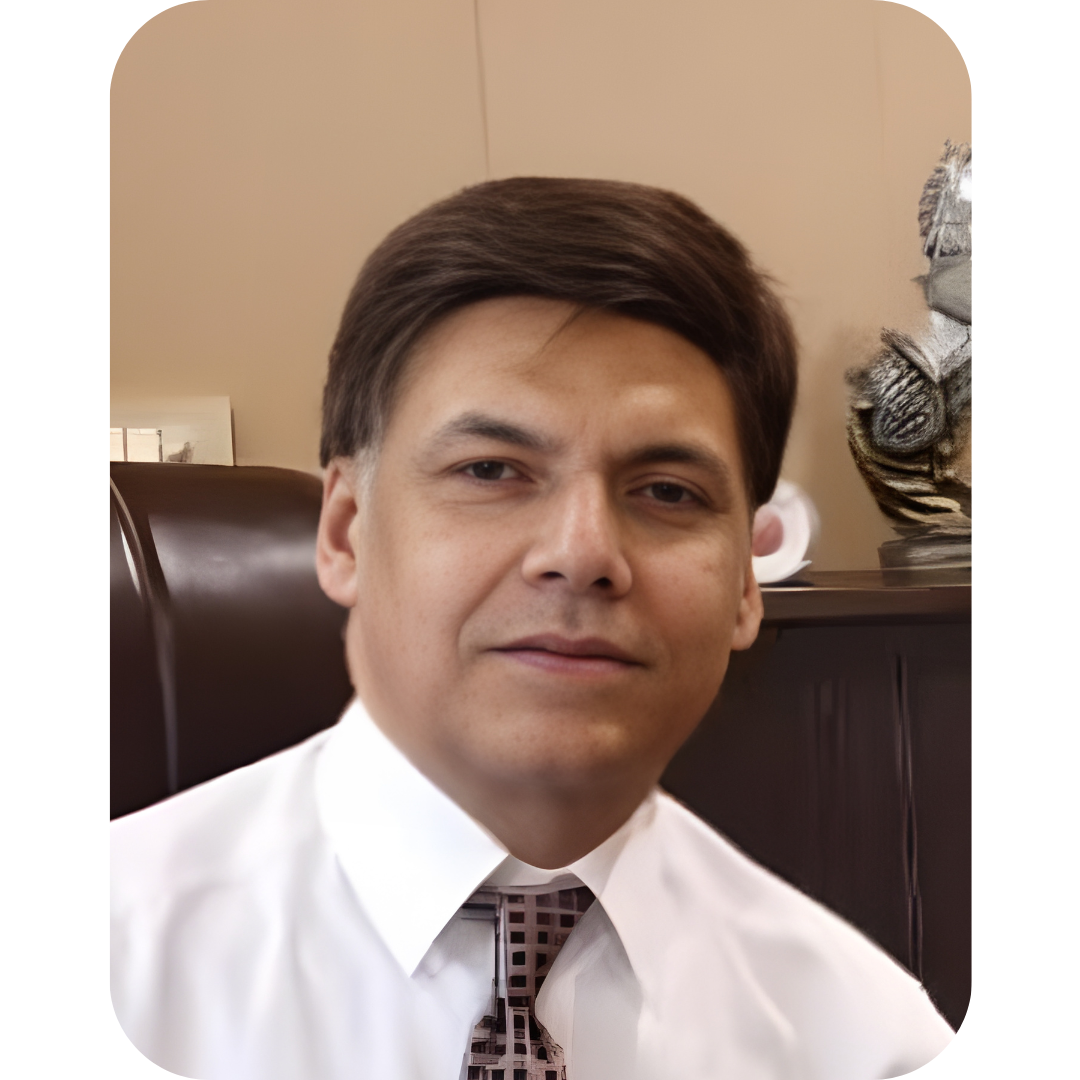Top Causes of Headache—and When to Worry


Headache is among the most common human experiences—almost every person encounters it at some point in life. Yet, not all headaches are harmless. While most stem from stress, dehydration, or minor illnesses, others can signal serious underlying disorders such as hypertension, brain tumors, meningitis, or vascular events. Understanding the pattern, location, duration, and associated symptoms helps distinguish the benign from the dangerous.
General Readers
For the average reader, it’s important to know that not every headache is alarming.
Most headaches result from muscle tension, sinus pressure, lack of sleep, skipping meals, dehydration, or eye strain. Emotional stress, long hours in front of a screen, and excessive caffeine intake also contribute.
However, if a headache comes suddenly and severely (“worst headache of life”), or is accompanied by vomiting, confusion, visual changes, limb weakness, speech difficulty, or fever, it needs immediate medical attention.
Keeping a headache diary can help identify triggers—such as specific foods (chocolate, cheese, red wine), hormonal changes, or irregular sleep. Remember: a good lifestyle is often the best medicine.
Medical Students
For medical learners, headache is not just a symptom—it’s a diagnostic challenge. Classification is key:
• Primary headaches: migraine, tension-type, and cluster headaches—where no structural abnormality is found.
• Secondary headaches: arise from systemic or neurological conditions such as infection, vascular disease, raised intracranial pressure, or drug side effects.
A careful history is crucial—timing, quality (throbbing, dull, sharp), precipitating and relieving factors, associated features, and red flags must be noted.
Always think of the “SNOOP” mnemonic for danger signs:
• Systemic symptoms (fever, weight loss)
• Neurologic symptoms (confusion, weakness)
• Onset sudden (thunderclap)
• Older age (>50 years)
• Progressive pattern
Clinical reasoning begins here—correlating anatomy, physiology, and presentation.
Young Doctors
For junior doctors, headache evaluation tests your clinical judgment.
Never rely solely on patient reassurance or analgesics—always screen for red flags. A few practical points:
• Migraine: Often unilateral, pulsating, with photophobia or nausea; may have aura.
• Tension-type: Bilateral, dull, band-like, often related to stress.
• Cluster: Severe, unilateral, around the eye, associated with tearing or nasal congestion, occurs in bouts.
• Hypertensive or raised intracranial pressure headaches: Occur on awakening, may worsen with coughing or bending.
• Sinus headaches: Localized to forehead, cheeks, or behind eyes; aggravated by leaning forward.
Use simple but targeted investigations: BP check, fundoscopy, ESR, or neuroimaging when indicated.
Always communicate empathetically—patients fear the worst. Your calm explanation is therapeutic too.
General Practitioners
For family physicians and general practitioners, the approach must be both systematic and selective.
Most headaches seen in outpatient practice are benign. Yet missing a serious case can be catastrophic.
Key practice tips:
• Rule out emergencies first—subarachnoid hemorrhage, meningitis, temporal arteritis, or hypertensive crisis.
• Assess medication use—chronic analgesic intake can itself cause rebound headaches.
• Identify lifestyle triggers—stress, posture, dehydration, and irregular meals.
• Educate and reassure—excessive investigations may increase anxiety.
• Use stepwise management—start with lifestyle correction, simple analgesics, then prophylactic therapies for recurrent migraines.
Pathophysiology
Headache pain arises from irritation of pain-sensitive structures—meninges, blood vessels, muscles, and cranial nerves, not the brain tissue itself (which is insensitive to pain).
• Migraine involves neurovascular dysfunction, where the trigeminovascular system releases inflammatory neuropeptides causing vasodilatation and pain.
• Tension-type results from sustained muscle contraction and heightened pain perception.
• Cluster headaches are linked to hypothalamic activation and circadian rhythm disturbances.
• Secondary headaches may stem from pressure changes, infections, or vascular injury.
Understanding this mechanism helps direct treatment—muscle relaxants for tension-type, triptans for migraine, oxygen and verapamil for cluster, etc.
When to See the Doctor
Seek immediate medical help if:
• The headache is sudden and severe.
• It follows a head injury.
• It is associated with blurred vision, vomiting, weakness, or confusion.
• You have fever, neck stiffness, or rash.
• It is worse in the morning or with coughing/straining.
• You are over 50 years and experiencing new-onset headaches.
These features can indicate bleeding, infection, raised intracranial pressure, or vascular pathology.
Headache is both common and complex. Most are benign—but vigilance saves lives. The art of medicine lies in distinguishing between the two through attentive listening, thorough examination, and selective investigation.
Balanced lifestyle, hydration, good posture, and emotional stability are powerful preventive tools.
When in doubt, seek professional advice rather than overusing painkillers or searching for random remedies online.
Dos and Don’ts
Do:
Stay hydrated and maintain regular sleep.
Identify and avoid personal headache triggers.
Manage stress through relaxation or exercise.
Consult your doctor for frequent or severe attacks.
Use prescribed medication properly.
Don’t:
Overuse painkillers—they can cause rebound headaches.
Skip meals or stay hungry for long.
Ignore red-flag symptoms.
Self-diagnose with internet advice.
Overlook posture or eye strain from long screen hours.
FAQs about Headaches
1. Is every headache a sign of brain disease?
No. The majority are functional or stress-related. Only a small fraction arise from serious pathology.
2. Can high blood pressure cause headache?
Yes, especially when it’s very high. The pain often occurs at the back of the head or early in the morning.
3. Are migraines hereditary?
They often run in families due to genetic susceptibility to neurovascular instability.
4. Can dehydration cause headache?
Absolutely. Even mild dehydration can trigger headaches, especially in hot weather or fasting.
5. When should I get a brain scan?
If your headache is new, progressive, or associated with neurological deficits, vomiting, seizures, or personality change.
6. Can stress cause daily headaches?
Yes. Chronic tension or anxiety can cause persistent dull headaches due to muscle tightness and fatigue.
7. What’s the best home remedy for headache?
Hydration, rest in a quiet room, gentle neck massage, avoiding screens, and maintaining steady blood sugar levels.
5 Headache Warning Signs You Should Never Ignore
• Sudden, severe pain described as “the worst headache of my life.”
Could indicate bleeding inside the brain (subarachnoid hemorrhage).
• Headache with fever and stiff neck
Possible sign of meningitis or brain infection.
• New headache after age 50
May suggest temporal arteritis, vascular disease, or intracranial lesion.
• Headache with vision loss, confusion, weakness, or difficulty speaking
Could be stroke, brain tumor, or pressure-related disorder.
• Progressively worsening headache or pain after head injury
May signal internal bleeding or raised intracranial pressure.
Remember: Most headaches are harmless—but never ignore new patterns, intensity, or accompanying neurological signs. Early medical evaluation can be lifesaving.

By Dr. Mohammed Tanweer Khan
A Proactive/Holistic Physician
Founder of WithinTheBody.com
